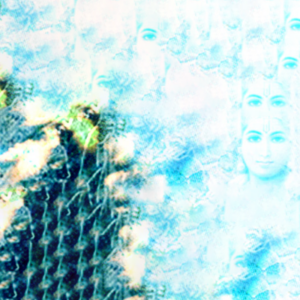“The brain turns psychology into biology. According to the principle of “use it or lose it”, “imprinting” occurs under the formative influence of individual environmental experiences, i.e. the formation and stabilisation of nerve cell networks (Swaab, Neurobiol. Aging 12:317,1991). “The neuro-anatomical fine structures in the brain are determined by mental activity.” – Prof. Joachim Bauer and Consciousness
What do we do with our attention? Is it absorbed by the endless stream of our own thoughts? Are we able to consciously focus our attention on the positive aspects of life or do we fall into the biological trap of the brain to focus mainly on the dysfunctional aspects of life? What do we reinforce, the positive or the negative aspects of life? The discovery of the plasticity of brain structures by neurological research shows that matter follows consciousness (“matter follows mind and intention”) What I focus my attention on, I let grow. Whole cultures emerge because they focus their main attention on specific values: Pure survival, family, religion, honour, nation, material wealth, etc…. The same pattern is found in the individual realm. If I focus my attention on career, power or prestige, I create a different reality for myself and my environment than if I focus on inner contentment, health or harmony. My nerve cell networks will adapt and produce the appropriate neurological wiring in the brain. Once these have formed, my perception will particularly emphasise the aspects that correspond or contradict my networks. This is how polarity, conflicts and ultimately wars are created. If my networks have been consolidated long and intensively enough by my attention, a world view or a delusional system emerges from them. Everything that does not fit into this worldview is potentially a threat to (my) reality and should be eliminated….
The way out of this collective or individual mental trap is through the release of object-unbound attention. When attention is no longer occupied by objects or concepts , i.e. can spontaneously fall back on itself, it becomes free. Therefore, silence plays a central role in the liberation of attention. Only in silence can it fall back on itself. This has to happen spontaneously, i.e. one has to let it happen, one cannot make it happen. It is a spontaneous paradox. I cannot think that I am releasing my attention because that is just another subtle thought that in turn subtly binds my attention. As soon as it happens spontaneously, silence occurs. As soon as I become aware of the silence, the attention is bound again. Complete silence leads to an ego-free state. Here, the fundamental separation and dividedness of the human being dissolves. He merges with the very nature of life: the oneness of all consciousness. Action now no longer takes place out of separateness with reality, but out of the feeling of oneness with everything.
Only if we collectively succeed in freeing our minds from fixation on partial truths, ideologies or limiting thought patterns will we be able to solve the global problems we face together. The common leap into a “mental flexibility” beyond all isms and doctrines will make us capable of dialogue, so that we are able to master the most urgent global challenges with our collective intelligence.

